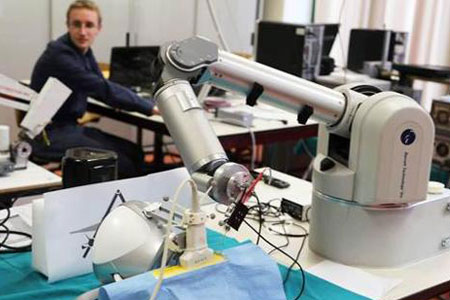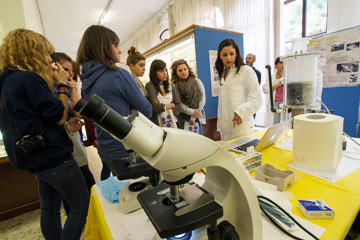Relatore:
Brian Gygi
- Acoustics Research Institute, Austrian Academy of Science, Vienna, Austria
lunedì 3 aprile 2006
alle ore
17.30
caffè, tè & C. ore 17.00
There are different ways of listening to sounds in order to extract meaning. A fundamental function of hearing is to be able to identify sound sources. This constitutes a distinct mode of listening, sometimes called “everyday listening”, in which the auditory system focuses on acoustic features that both unite and distinguish different types of sound sources, and is unlike listening to speech or music, in which the meaning is largely conveyed in the ordering of the sound elements, and is to a greater extent abstracted away from features of the sound source. Similarity and categorization studies were conducted on a corpus of familiar non-speech, non-musical sounds (`environmental sounds’). Multi-dimensional scaling solutions yielded auditory similarity spaces that were well predicted by acoustic features such as pitch salience, rhythmicity and amplitude modulation. Further studies with imagined sounds indicated that the psychological organization of is closely aligned to the acoustic similarity of these sounds, as well as to the physical events that produced the sounds. Ways in which machine recognition of sounds could emulate human performance will be discussed.







